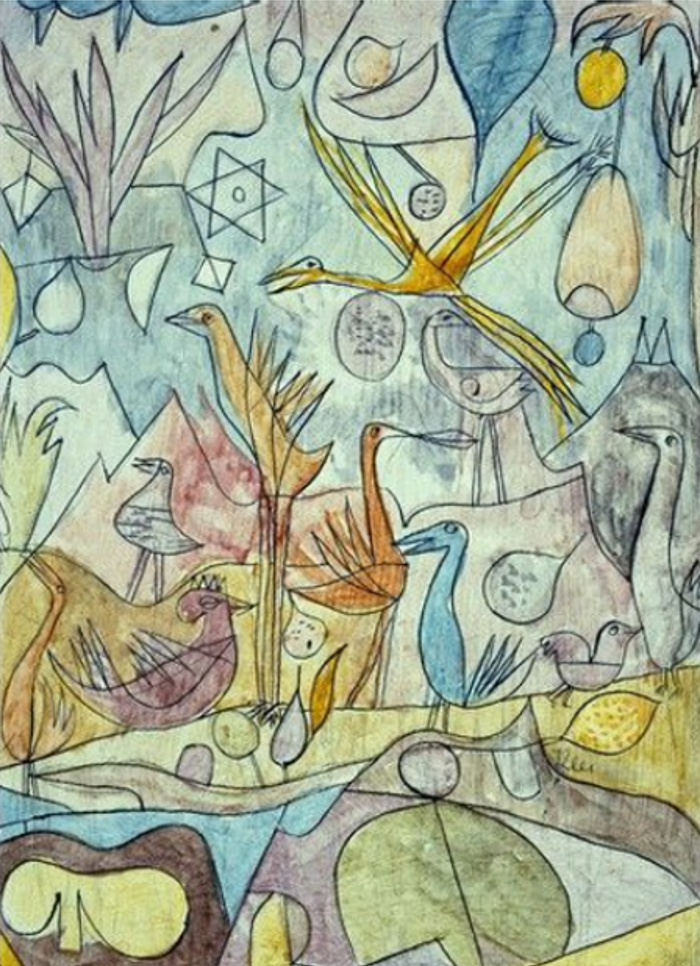.Forgetfulness
by Sam Nolen, a mathematician and writer based in San Francisco, California.

The cat coos in imitation, watching the pigeons on the sidewalk. She knows to watch for them from her perch in the window.
They hop off the curb and back, into a patch of dirt from which a tree shades the parked cars; they peck at something.
What are they hoping for? There’s nothing to eat on the bare concrete. This is not the corner where an elderly man scatters seed to a waiting throng,
moving with the ease of long practice. Or does he, still? The streets are near empty, no one remembers having seen him in months,
though no one can positively swear he is gone. Do the pigeons still gather there? Perhaps a smaller group of diehards still do, while others tend unfamiliar demesnes.
The birds do not change their habits so quickly as we do. It is only after many hungry mornings that they regretfully take their chances elsewhere.
If you had watched only birds this year, you might have been perplexed by this slow dissolution, a diffusion, a diaspora, the flocks shrinking and moving further afield. Downtown, seagulls are used to swarming the baseball stadium in late innings, scattering shadows from the lights overhead as they wait for the crowd to depart, leaving thousands of half-eaten hot dogs and nachos, sacrifices to the avian gods. The lights still shine on the bay’s dark waters, the baseballs still carome into the infield or soar spinning into the stands, but the impious cardboard spectators offer nothing for the gulls overhead, who grow fewer with each home game. They swoop and soar half-heartedly, neurons in an aging brain. It is a slow, even a leisurely process, but Nature begins to forget us.
Sam Nolen, 'Forgetfulness', aknownspace, 2020, 1, 16